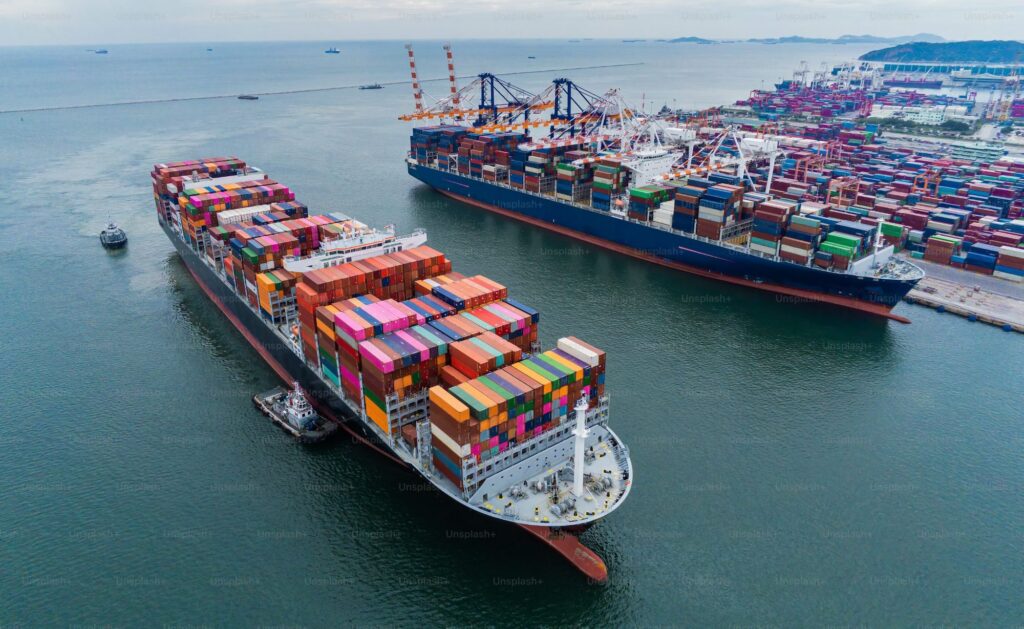
Africa’s Trade Landscape: Navigating Global Shifts and Local Opportunities
Trade across the African continent is undergoing a dynamic transformation. With the African Continental Free Trade Area (AfCFTA) bringing together 54 countries into a single market of over 1.4 billion people, Africa is positioning itself as a growing economic force. New figures and year‐by‐year comparisons highlight how intra-African trade and foreign investments are rising even as global policies impact the continent.
Global policies and their local impact
1. Shifts in Global Supply Chains
In response to post-pandemic disruptions and ongoing geopolitical tensions, many global firms are reconfiguring their supply chains. For instance, investment in manufacturing hubs in Morocco, Kenya, and Ethiopia increased by nearly 25% between 2022 and 2024. These shifts have provided African countries with new opportunities to attract foreign direct investment (FDI) and build more resilient supply networks.
2. AfCFTA and Intra-African Trade Growth
AfCFTA is at the heart of Africa’s trade evolution. Recent reports reveal:
2022: Intra-African trade was valued at approximately USD 200 billion.
2023: This figure rose to about USD 230 billion – an increase of roughly 15% compared to 2022.
2024: Trade volumes further increased to nearly USD 265 billion, maintaining a similar 15% growth rate.
2025 (Projected): Analysts expect trade to reach around USD 305 billion, reflecting the sustained momentum under AfCFTA.
3. Climate Policies and Export Challenges
European Union policies, such as the Carbon Border Adjustment Mechanism (CBAM), have a direct impact on African exporters. In 2024, for example, exports from resource-rich countries to the EU saw an effective tariff increase of about 5% on certain raw commodities compared to the previous year.
This challenge is spurring African industries to adopt greener technologies and sustainable practices—a move that may attract long-term, eco-friendly investments.
4. US-China Trade Tensions and Strategic Investments
Amid the strategic tug-of-war between the U.S. and China:
Chinese Investments: Projects under the Belt and Road Initiative in Africa grew by nearly 30% from 2023 to 2024.
US Initiatives: Programs like Prosper Africa helped drive a 12% increase in trade facilitation projects during the same period. These figures underscore Africa’s delicate balancing act in maintaining beneficial trade relations with major global powers.
5. Access to Finance and Technology
Global monetary policies have a ripple effect on Africa’s trade environment. As Western interest rates increased, borrowing costs for African governments and businesses also rose. Yet, targeted trade-related financing—up by an estimated 20% year-over-year in sectors such as transport, energy, and digital infrastructure—has helped cushion these effects and improve competitiveness.
Year-by-Year overview
2022:
Intra-African trade stood at approximately USD 200 billion.
Initial signs of AfCFTA’s positive impact were observed as regulatory harmonization efforts began.
Global supply chain diversification was in early stages, with modest increases in FDI.
2023:
Trade grew to around USD 230 billion, marking a 15% year-over-year increase.
Several African nations began to see a 20% rise in FDI, especially in manufacturing and technology.
Exporters started adapting to emerging EU environmental standards, with early adjustments noted in commodity sectors.
2024:
Intra-African trade reached nearly USD 265 billion, continuing the 15% growth trend.
Investment inflows increased, with FDI in key sectors growing by an additional 20% compared to 2023.
Chinese and U.S. investments reflected divergent growth rates (30% vs. 12% respectively), as Africa navigated the complexities of global trade rivalries.
The impact of CBAM became more pronounced, with export tariffs on some raw goods rising by 5%.
2025 (Projected):
Analysts forecast intra-African trade to hit approximately USD 305 billion, reflecting ongoing benefits from AfCFTA.
Continued improvements in infrastructure and technology adoption are expected to bolster trade further despite global economic headwinds.
The Road Ahead
For Africa to fully capitalize on these shifts, coordinated efforts among governments, private sectors, and development partners are essential. By emphasizing value addition, modernizing infrastructure, and aligning with global trade standards, African economies can transition from primarily raw material exports to producing higher-value goods and services.
While global policies and shifting international relationships pose challenges, Africa’s proactive policy frameworks—underpinned by AfCFTA—continue to drive robust trade growth.
The continent’s impressive year-over-year progress demonstrates both resilience and potential in an ever-changing global economic landscape.